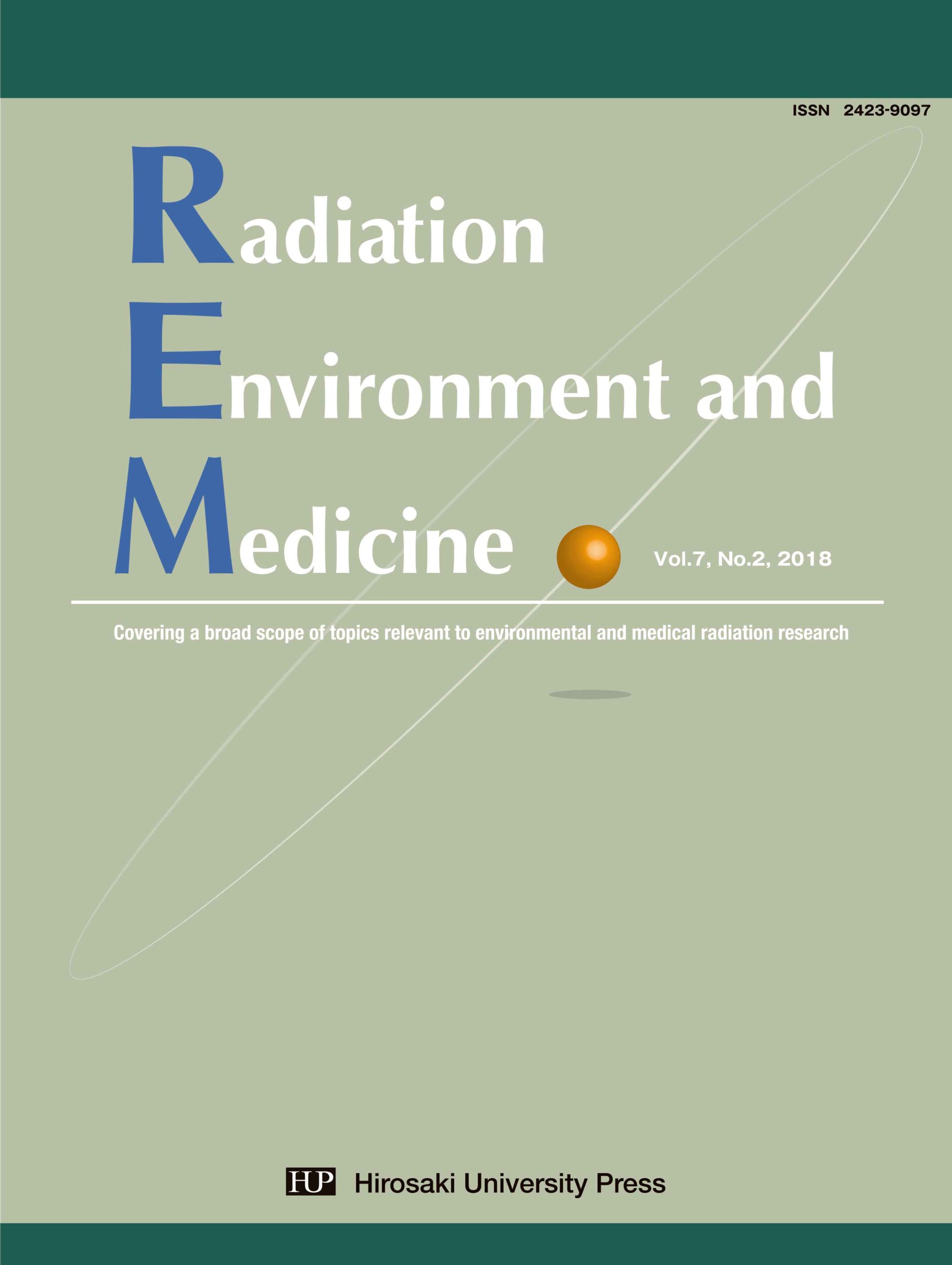Cytogenetic and Molecular Damages in Blood Lymphocyte of Inhabitants Living in High Level Natural Radiation Area (HLNRA) of Botteng Village, Mamuju, West Sulawesi, Indonesia
View article content
Mukh Syaifudin1*, Sofiati Purnami1, Tur Rahardjo1, Iin Kurnia1, Nastiti Rahajeng1, Darlina1, Siti Nurhayati1, Wiwin Mailana1, Dwi Ramadhani1, Viria Agesti Suvifan1, Teja Kisnanto1 and Eko Pudjadi2
1Nuclear Medicine Technique and Radiation Biology Division, Center for Technology of Radiation Safety and Metrology (PTKMR), National Nuclear Energy Agency of Indonesia (BATAN), Jl. Lebakbulus Raya No. 49 Jakarta, Indonesia
2Radioecology Division, Center for Technology of Radiation Safety and Metrology (PTKMR), National Nuclear Energy Agency of Indonesia (BATAN), Jl. Lebakbulus Raya No. 49 Jakarta, Indonesia
Radiat Environ Med (2018) 7(2):65-76
- Abstract
An evaluation on the cytogenetic and DNA damages caused by natural radiation was done in eighty eight person living in Botteng village as HLNRA and their matched control in Keang village as normal level natural radiation areas (NLNRA). Their bloods were collected with their full informed consent and culture set up for cytogenetic evaluation as well as nucleic acid damage observation with comet assay and γ -H2AX that were done according to the standard procedures. Lymphocytes were scored manually under microscopic observation for the presence of chromosome aberrations. Radiosensitivity of cells evaluation was also done by challenging these bloods to 1.5 Gy of gamma rays before being cultured. The evaluation showed that frequency of chromosome aberration in HLNRA group was lower (0.00081) compared to control group (0.00125). However, frequency of micronucleus (MN) in HLNRA group was higher (0.0204) than that in control area (0.0172). Nucleoplasmic bridge and nuclear budding are found in extremely low frequency. DNA damage observation with comet assay showed a difference between study and control group, however γ -H2AX analysis showed no any effects observed in lymphocytes for both groups. Our data did not reveal any significant difference (P>0.05) in HLNRA as compared to NLNRA in all parameters (cytogenetics biomarkers) studied which is supported by the nucleic acid damage evaluation. There was a less radiosensitivity observed in lymphocytes of HLNRA group in comparison with controls.
Key words: high natural radiation, dicentrics, MN, DNA damages, γ-H2AX



